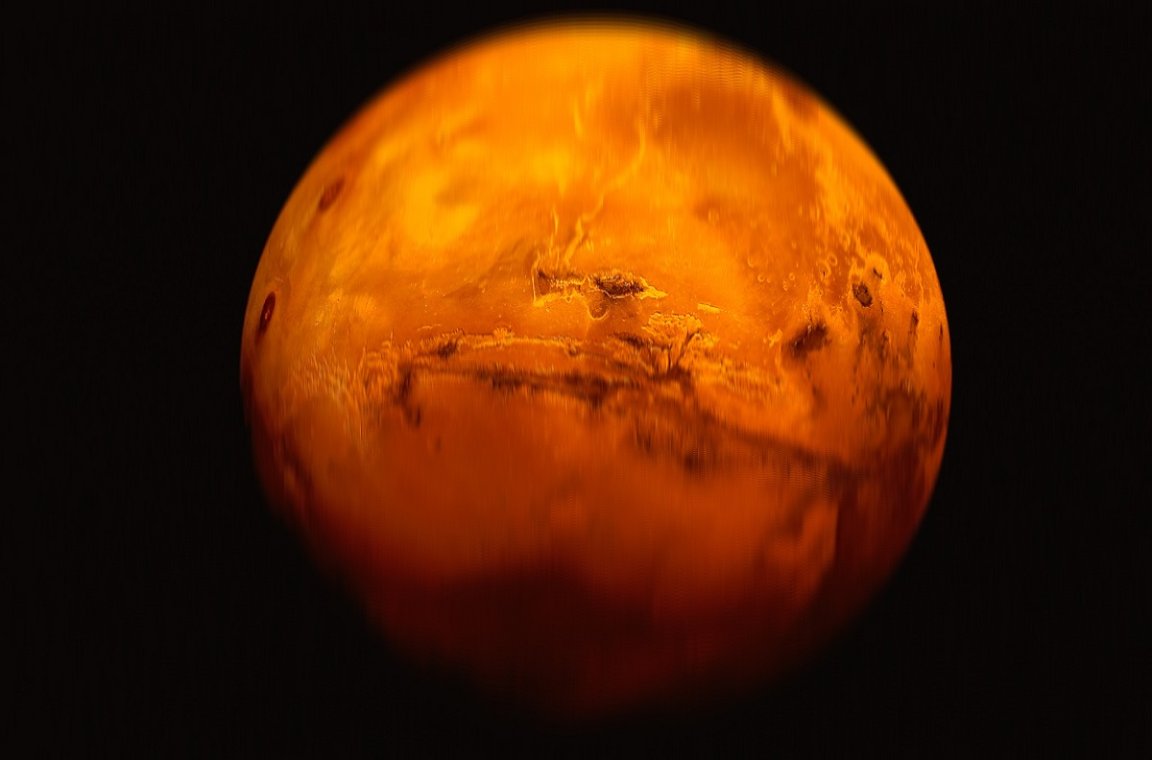
Captain Shook
In May of last year, NASA’s Insight Mars lander detected an enormous seismic tremor reverberating just below the planet’s surface. At a magnitude 4.7, it’s the most powerful ever detected on the Red Planet — and indeed anywhere off world.
Ever since, the puzzling “marsquake” has had scientists scrambling for an explanation. Mars has long been considered a geologically “dead” planet, meaning there are few signs of volcanic activity, let alone of the kinds that would rattle the planet like that.
Initially, the most likely explanation scientists put forward was that the reverberations could have been caused by a meteoroid impact.
But a new study, published in the journal Geophysical Research Letters, found that after months of scouring the planet’s surface, no evidence of a fresh impact has been discovered — meaning the tremendous tremor came from deep within the planet.
“We didn’t find a crater,” lead author Benjamin Fernando at the University of Oxford, told Scientific American, “which strongly suggests this event was tectonic.”
Stressed Out
It would be a hard impact to miss. Anything large enough to send out a record-shattering marsquake after smashing into the surface would blow open a crater hundreds of feet in diameter. That points to some sort of tectonic activity as being the culprit, and adds to an emerging body evidence that Mars’ deceased status is dead wrong.
“We still think that Mars doesn’t have any active plate tectonics today, so this event was likely caused by the release of stress within Mars’ crust,” Fernando said in a statement about the work. “These stresses are the result of billions of years of evolution; including the cooling and shrinking of different parts of the planet at different rates.”
Most of the data gathered about Mars’ seismic activity so far indicates that it’s originating from a huge pair of trenches known as the Cerberus Fossae, which are believed to be the open wounds of an underlying fault where magma interactions could still persist.
Insight’s data on the monster marsquake, however, pinpoints the source of its reverberations as far beyond the faults, to the planet’s southeast. It appears that some other mysterious phenomenon is behind the almighty tremor, and for now, scientists will have to see what shakes out.
“Clearly there’s a massive piece of the tectonic and seismic puzzle that we haven’t yet unraveled,” Fernando told SA.
More on Mars: Amazing Video Soars Over Mars’ Epic “Labyrinth of Night”